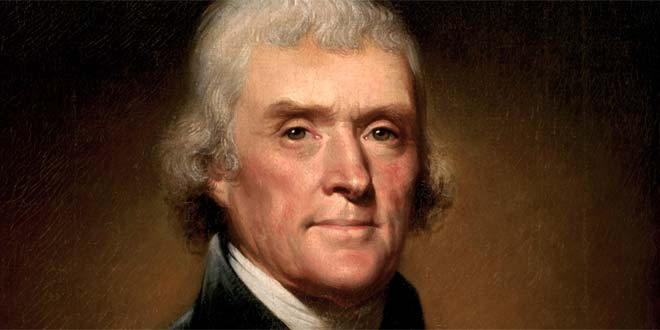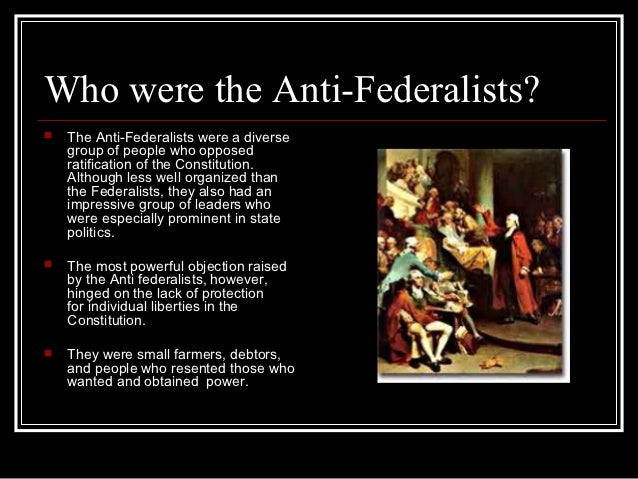Federalist vs Antifederalist: Key Differences Explained

The debate between Federalists and Anti-Federalists is a cornerstone of American political history, shaping the foundation of the United States government. Understanding their differences is crucial for anyone interested in the Constitution, political ideologies, or early American history. This post delves into the key distinctions between these two factions, highlighting their beliefs, concerns, and lasting impact.
Federalist vs Anti-Federalist: Core Beliefs

Federalists advocated for a strong central government, believing it essential for national stability and economic prosperity. They supported the ratification of the Constitution, arguing it provided the necessary framework for a unified nation. Key figures like Alexander Hamilton and James Madison championed Federalist ideals.
Anti-Federalists, on the other hand, feared a powerful central government would encroach on individual liberties and states’ rights. They opposed the Constitution in its original form, demanding protections for personal freedoms. Prominent Anti-Federalists included Patrick Henry and George Mason.
Key Differences in Ideology
- Central Government: Federalists favored a strong central authority, while Anti-Federalists preferred a more decentralized system.
- Constitution: Federalists supported the Constitution as written, whereas Anti-Federalists sought amendments, particularly a Bill of Rights.
- Individual Liberties: Anti-Federalists prioritized protecting individual freedoms, while Federalists focused on national unity and strength.
| Aspect | Federalists | Anti-Federalists |
|---|---|---|
| Central Government | Strong | Weak |
| Constitution | Supported as is | Opposed without amendments |
| Individual Liberties | Secondary to national unity | Primary concern |

The Compromise: The Bill of Rights

The debate between Federalists and Anti-Federalists led to a critical compromise: the addition of the Bill of Rights to the Constitution. This set of amendments addressed Anti-Federalist concerns by explicitly protecting individual liberties, such as freedom of speech and religion.
📌 Note: The Bill of Rights is a direct result of the Federalist-Anti-Federalist debate, showcasing the importance of political compromise.
Lasting Impact on American Politics

The Federalist-Anti-Federalist debate continues to influence modern American politics. The tension between a strong central government and states’ rights remains a central theme in policy discussions. Understanding this historical context is essential for grasping contemporary political debates.
Checklist: Key Takeaways
- Federalists: Strong central government, supported the Constitution.
- Anti-Federalists: Feared centralized power, demanded Bill of Rights.
- Compromise: Bill of Rights added to address Anti-Federalist concerns.
- Legacy: Ongoing debate between federal and state authority.
What were the main concerns of Anti-Federalists?
+Anti-Federalists feared a strong central government would threaten individual liberties and states' rights, advocating for amendments to protect these freedoms.
Why did Federalists support the Constitution?
+Federalists believed the Constitution provided the necessary framework for a stable and unified nation, prioritizing national strength over individual concerns.
How did the Bill of Rights resolve the debate?
+The Bill of Rights addressed Anti-Federalist concerns by explicitly protecting individual liberties, ensuring a balance between federal power and personal freedoms.
The Federalist-Anti-Federalist debate remains a vital part of American history, illustrating the challenges of balancing national unity with individual rights. By understanding their differences, we gain insight into the principles that continue to shape U.S. politics today. Whether you’re a history enthusiast or a political scholar, this knowledge is invaluable for comprehending the roots of American governance, American Constitution, political ideologies, early American history.



